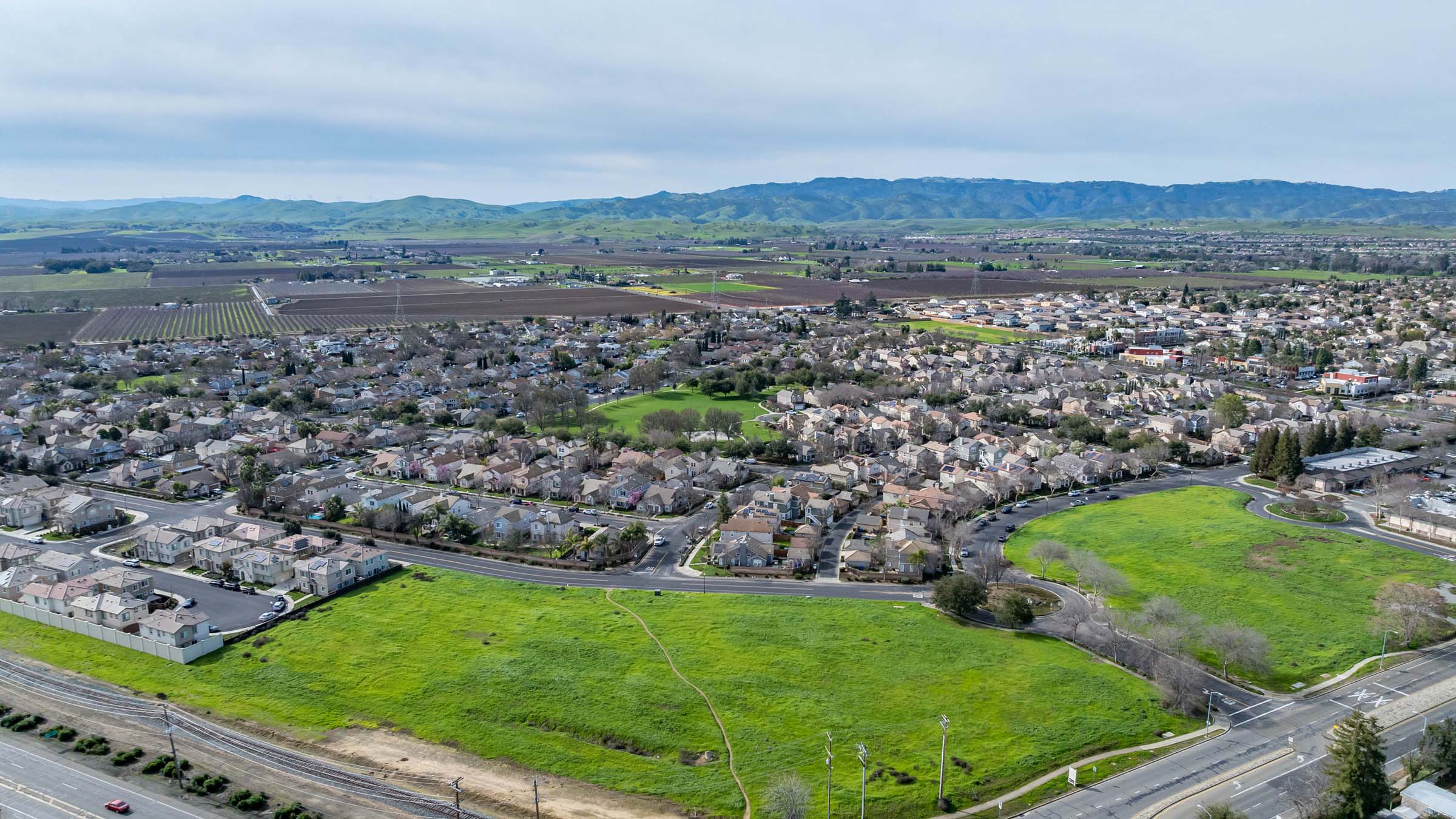
Running a successful small business takes grit, determination, and countless hours of hard work. For entrepreneurs of color, it might also take some specialized help with connecting to financial and market opportunities. That’s where organizations like the Metropolitan Economic Development Association, or MEDA (meda.net), come in. Founded in 1971 with a mission to help entrepreneurs of color succeed through equal economic participation, MEDA has since helped more than 19,000 small enterprises in Minnesota. The 26-person organization, which is headquartered in Minneapolis and has a satellite office in Washington, D.C., provides a range of business support services that includes business development assistance, financial assistance, and access to corporate and government market opportunities. Last year alone, the organization supported businesses that employed approximately 6,500 people, 40 percent of whom were people of color, and that had a customer revenue base of more than $1.3 billion.
To learn more about the current and future landscape for minority-owned businesses in Minnesota, Community Dividend spoke with Gary Cunningham, MEDA’s president and chief executive officer. Cunningham joined the organization in 2014, after serving as a vice president with the Northwest Area Foundation for several years. Here he shares his insights on some of the obstacles minority entrepreneurs face, as well as several important matters they should consider before starting a business.
Community Dividend: How would you describe the current landscape for minority-owned businesses in Minnesota?
Gary Cunningham: We typically look at data to answer that question, and judging from information from the U.S. Census Bureau’s American Community Survey and from the Corporation for Enterprise Development [www.cfed.org], Minnesota, compared to other states, is really in the middle of the pack on business development in general and minority business development specifically. We’re not the best but we’re also not the worst. Minnesota does, however, have some significant disparities statewide between the number of businesses being created by communities of color and those being created by majority communities. In Minneapolis-St. Paul, you do see a good number of small storefront-type businesses—particularly in ethnic immigrant communities—and so they might be overrepresented a little in the Twin Cities metro area. But when it comes to major small businesses—the ones that are the backbone of our country—many of those businesses don’t represent or reflect the racial demographics of the state.
CD: What appears to be driving the disparities in business creation?
GC: One prominent factor is the amount of personal assets a person who wants to start a business has. Look at homeownership. Home equity is one of the main sources of financing for small businesses, and when you look at homeownership rates between minority and majority communities, you see a large difference.[1]
Moreover, when you look further into household assets, there are analyses showing that the average white family has about $110,000, the average black family has somewhere around $6,000, and the average Hispanic family has about $7,500. Those differences are huge. And when you’re an entrepreneurial person who wants to start a business, the assets you have make such a big difference.
Interestingly, for those minorities who succeed in creating a business, the disparities are reflected in business value as well. If you look at data from the Corporation for Enterprise Development, you’ll see that white-owned businesses in Minnesota have 2.7 times the sales and receipts of businesses owned by people of color.[2]
Having limited access to long-term “patient” capital is also a large problem. That’s the capital that minorities are missing out on, and that’s the capital that helps build the foundation for strong businesses—the kind of funding that entrepreneurs could use to invest in the infrastructure of their businesses, on things like equipment. A lack of patient capital is why some minority entrepreneurs face challenges growing their businesses. And that’s part of the reason why we need targeted programs to help address some of these deep-rooted disparities, which would continue if not for some type of intervention.
CD: Let’s talk about interventions. What kinds of resources are available to help minority-owned businesses get established and grow?
GC: At the government level, each state has an agency that works with businesses to help them grow. Many federal agencies do, too. They have programs for socially disadvantaged businesses, which can include businesses owned by women as well, and these programs are set up to specifically address some of the discrimination that minority entrepreneurs have faced historically. They exist to ensure that everyone gets a fair shot at succeeding. The State of Minnesota’s Department of Employment and Economic Development has done a great job of expanding opportunities for all small businesses, but in particular minority small businesses. DEED has programs that support minority-owned businesses in the Twin Cities and American Indian-owned businesses statewide, among other types of enterprises.[3]
In the Twin Cities, there are a number of nonprofit organizations that serve small businesses, including minority-owned businesses. MEDA is one, but there are others—for example, Women Venture [womenventure.org], Neighborhood Development Center [ndc-mn.org], Latino Economic Development Center [ledc-mn.org], and African Development Center [adcminnesota.org]. These organizations are good resources for minorities to tap into to help create and grow their businesses successfully.
Many of these nonprofits offer front-end technical assistance and consulting services, where they’ll help entrepreneurs develop marketing and business plans, for example, or teach them how to keep accurate books and examine their markets. These are important resources because they really help budding entrepreneurs understand the fundamentals of successfully owning and operating a business.
Some of these organizations also offer programs that help businesses remain capitalized and grow. To highlight a program that MEDA offers, for example, we have a loan fund from which businesses can access up to $400,000 in working capital. That’s money to help pay the ongoing expenses of a business, like payroll and inventory.[4]
CD: How strong is the demand for these resources and services and how effectively are organizations deploying them?
GC: There is a greater demand than we can meet. No question there. I’ve observed that in communities of color, many more people want to become entrepreneurs than there are resources to help them. As for how effectively organizations deploy their resources, the models of service delivery vary. But in general, at least for the technical expertise that these organizations provide, it’s a fairly labor-intensive service. Organizations are either going to train a group of people together, in a large room, or provide one-on-one training. At MEDA, we’ve found that one-on-one, in-depth consulting, combined with other supports (like loan funds and training in business operations), is the best combination to move a business from unprofitability to profitability. But because the model we have is very labor-intensive, the question becomes, How do we improve upon that model so we can serve more people? That’s what I’m currently working on: How can we, at least at MEDA, improve upon the resources we have in order to get more people through the pipeline?
CD: What advice would you give to minority entrepreneurs who are considering starting a business?
GC: The number one thing is to make sure you have enough capital to run the business. Many entrepreneurs go into business and simply don’t have enough money to keep it going. They end up robbing Peter to pay Paul and then ultimately go out of business because they’re undercapitalized. To make sure they have enough capital to operate a business, I’d recommend that they have a clear and sound understanding of what it is as a business that they are trying to do. I’d also ask them: What is their value proposition? Who are their customers and stakeholders? What are their costs going to be? And what will their revenue streams be and how will they get their merchandise to market? These are all critical questions that need answering if they’re going to go into business.
Another thing is fully understanding what business opportunities are out there. Take government contracts as an example. These can be terrific sources of revenue, but understanding how to get a contract from a government department can be confusing. [MEDA offers a program that trains entrepreneurs in how to do business with the federal, state, and local governments, called MN-PTAC. For more information, visit meda.net/mnptac.]
Most entrepreneurs I meet are tenacious people who have a good idea of what they want to do and are eager to work hard. But sometimes they haven’t thought through all of the steps that are necessary in order for them to obtain an appropriate level of capital, deal with the financial realities of running a business, and differentiate themselves in the marketplace. And understanding and taking these steps is essential. That’s where the training courses I mentioned can help.
CD: What’s your outlook for minority-owned businesses? Do the challenges seem to be getting better or worse?
GC: I definitely think things are getting better. There are changes on the horizon, like increasing access to capital and increasing educational opportunities, that will help entrepreneurs of color succeed in creating and sustaining businesses. As the economy improves, so will the conditions for minority entrepreneurs. I very much believe in the old adage, “We all do better when we all do better.”
CD: How will MEDA evolve with the changes?
GC: We’re actually in a strategic planning process to determine how we can increase the size and scale of our efforts, including by expanding our regional footprint. How do we help people in Des Moines or Rapid City, for example? By expanding our services beyond the base that we’ve established already, we can have a ripple effect on employment opportunities for people of color.
Also, the ecosystem of organizations that work in this field needs better coordination in order to serve entrepreneurs of color. If a mainstream financial institution can’t make a deal work with an entrepreneur, how can MEDA, or any of the other organizations I’ve mentioned, work with the mainstream banking community to become one of those places that can step in and help the entrepreneur?
CD: Let’s close on a more personal note. You have a lot of experience working in the areas of poverty reduction and minority small business development—at Northwest Area Foundation and other organizations and now at MEDA. Considering the challenges involved, what keeps you going?
GC: Well, I think it’s important that we help all small businesses succeed, not just minority-owned ones. Small businesses are, after all, the backbone of our economy, and they hire a great percentage of our workers to keep the economy humming. That said, we need to have targeted programs and resources to ensure that everyone can actually participate in our great marketplace. So I would argue that it’s important, given the demographic shifts that are going on in this country, to build and support minority-owned businesses.
When we talk about economic inequalities and work and employment, there’s no better program than minority business development to address some of these disparities, because minorities hire minorities at a much higher rate than anyone else. That’s been demonstrated over and over again. And given the fact that Minnesota has an unemployment rate that is two times higher for workers of color, you can see why this would be an important strategy going forward. That’s why I’m doing what I do.
[1] According to the 2011–2013 Three-Year American Community Survey, 24 percent of black or African American households lived in owner-occupied housing units, compared to 76 percent of white households.
[2] For more on this, see the Corporation for Enterprise Development’s Assets and Opportunity Scorecard web site.
[3] For details about DEED’s programs, visit mn.gov/deed/business/financing-business/deed-programs/index.jsp.
[4] For more information about MEDA’s various loan programs, visit meda.net/services/business-financing/loan-program.





